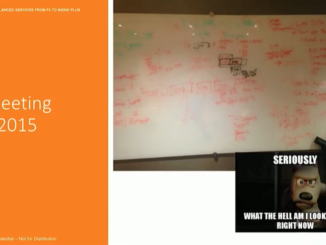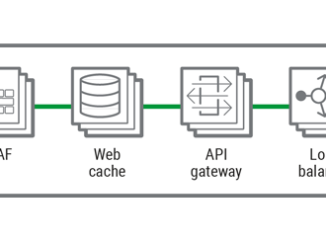
What Is API Management?
What Is API Management? At NGINX Conf 2018 in October, we announced the new API Management Module for NGINX Controller. With this product we build on our position as the industry’s most‑deployed API gateway – millions of sites already use NGINX Open Source and NGINX Plus to secure and mediate traffic between backend applications and the consumers of the APIs which those applications expose. But efficiently handling client requests is only one aspect of a successful API (albeit a crucial one). You also need to manage your APIs across their full life cycle, which includes defining and publishing them, and securing and managing traffic. You need to monitor and troubleshoot performance to ensure customer satisfaction, and analyze traffic to maximize business value. Comprehensive API management is essential to the rapid adoption and continuing success of your APIs. API management covers the full life [ more… ]



